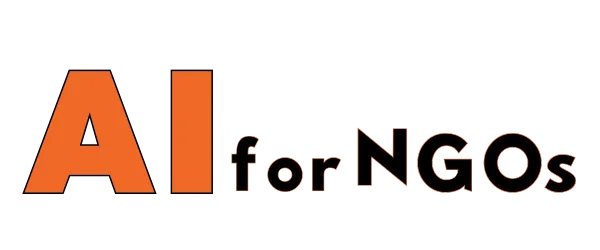Data has become a powerful tool in driving positive change in the social sector. With the rise of big data and advancements in technology, organizations are now able to leverage quantitative analysis to better understand complex social issues, make informed decisions, and measure the impact of their interventions. This article explores how harnessing data for good is transforming the social sector and driving meaningful outcomes.
The Power of Quantitative Analysis
Quantitative analysis involves the use of mathematical and statistical methods to analyze data and draw meaningful insights. In the social sector, this approach allows organizations to measure the effectiveness of their programs, identify trends and patterns, and make evidence-based decisions. By collecting and analyzing data, organizations can better understand the needs of their target populations and tailor their interventions accordingly.
For example, a nonprofit working to combat homelessness can use quantitative analysis to track key metrics such as the number of individuals served, the percentage of clients who find stable housing, and the cost-effectiveness of their programs. By analyzing this data, the organization can identify areas for improvement, allocate resources more effectively, and demonstrate the impact of their work to funders and stakeholders.
Data-driven Decision Making
Quantitative analysis also enables organizations to make data-driven decisions that are grounded in evidence rather than intuition. By analyzing data on social issues such as poverty, education, and healthcare, organizations can identify the most effective strategies for addressing these challenges and allocate resources where they are needed most. This approach helps organizations maximize their impact and ensure that their interventions are based on proven practices rather than guesswork.
Measuring Impact
One of the key benefits of quantitative analysis in the social sector is its ability to measure impact. By collecting data on key performance indicators and outcomes, organizations can track the progress of their programs and evaluate their effectiveness. This not only helps organizations assess their impact and make course corrections as needed but also provides valuable insights for future program design and implementation.
Conclusion
Harnessing data for good is transforming the social sector by enabling organizations to make informed decisions, measure impact, and drive positive change. By leveraging quantitative analysis, organizations can better understand the needs of their target populations, identify effective strategies for addressing social issues, and demonstrate the impact of their work to stakeholders. As data continues to play a crucial role in shaping the social sector, organizations must prioritize data-driven decision-making and invest in the tools and resources needed to collect, analyze, and utilize data effectively.
FAQs
What is quantitative analysis?
Quantitative analysis involves the use of mathematical and statistical methods to analyze data and draw meaningful insights. In the social sector, this approach allows organizations to measure the effectiveness of their programs, identify trends and patterns, and make evidence-based decisions.
How can organizations benefit from quantitative analysis?
By harnessing data for good, organizations can make informed decisions, measure impact, and drive positive change in the social sector. Quantitative analysis enables organizations to better understand the needs of their target populations, identify effective strategies for addressing social issues, and demonstrate the impact of their work to stakeholders.
Why is data-driven decision-making important in the social sector?
Data-driven decision-making is crucial in the social sector because it helps organizations maximize their impact, allocate resources effectively, and ensure that their interventions are based on proven practices rather than intuition. By analyzing data on social issues, organizations can identify the most effective strategies for addressing these challenges and make informed decisions that drive positive outcomes.

















